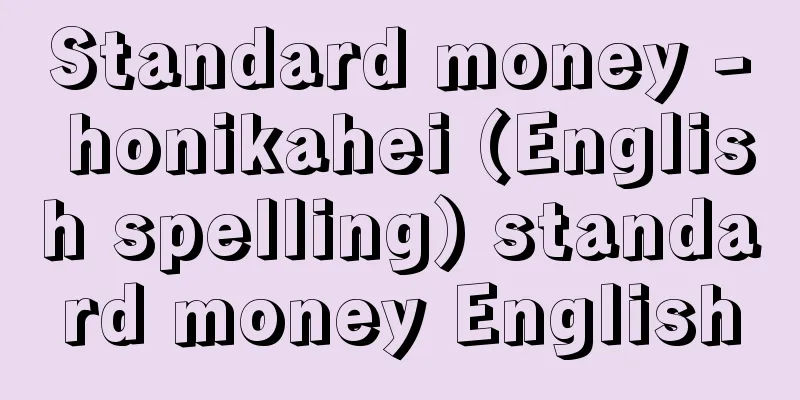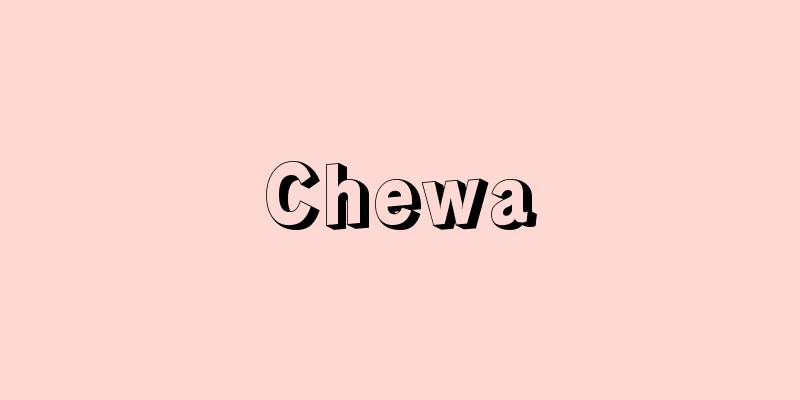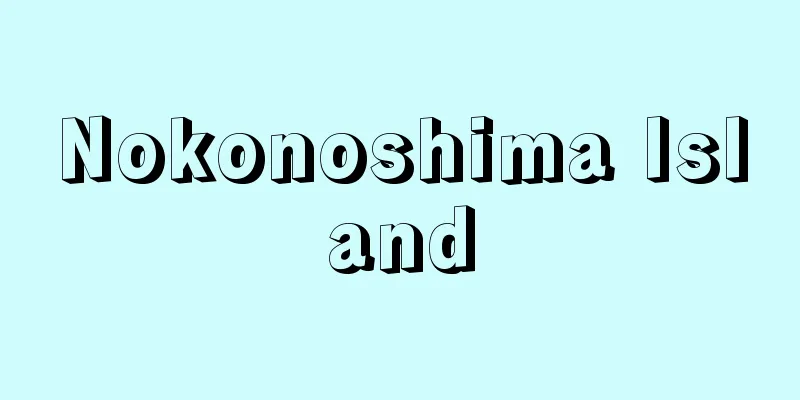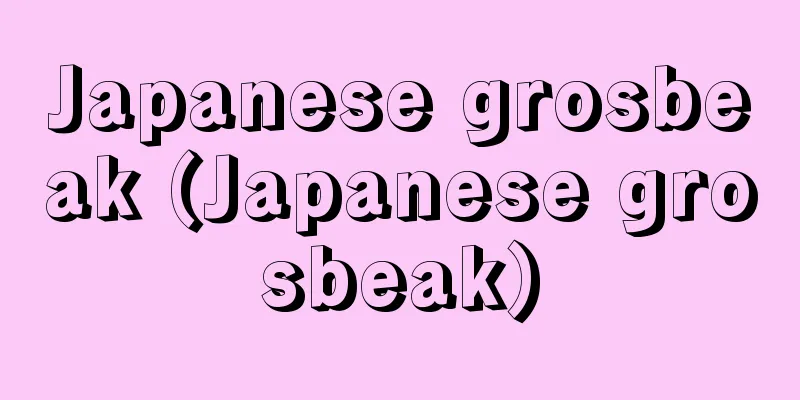Standard money - honikahei (English spelling) standard money English

|
A coin containing a legally determined gold (silver) purity. This term is mainly used for modern monetary systems under the gold standard, but even before that, it refers to coins made of metal that function as a unit of value. Based on the reality that a specific metal is already a unit of value, the state establishes a standard. In other words, a certain weight of a specific metal is used as a unit of price and a monetary unit name is given to it. For example, the Japanese Currency Law (established in 1897) stipulated that the unit of price was 750 milligrams of pure gold and that this was called the yen, so a 10 yen gold coin minted based on this would contain 7.5 grams of pure gold. Such coins are called standard currency and are distinguished from subsidiary currency. Standard currency is unlimited legal tender that can be used without any restrictions on its amount, and its fineness (the ratio of alloys with other metals) and weight (weight) are legally determined. Furthermore, in order to maintain the amount of gold in the standard currency in circulation, a "minimum legal weight" is set, and any that fall below this due to wear and tear can be exchanged. The minting and issuance of such standard currency helped to fix the price standard and stabilize the exchange rate by preventing a divergence between the market price of gold and the minting price (750 milligrams of pure gold = 1 yen) through its "free minting" and "free melting" (the government would comply with any request to mint gold coins from gold bullion, and vice versa), as well as by allowing the free import and export of gold and the convertibility of central bank notes into gold coins. [Tadashi Saito] [Reference items] | | | | |Source: Shogakukan Encyclopedia Nipponica About Encyclopedia Nipponica Information | Legend |
|
法定された金(銀)純分を含有する鋳貨のこと。おもに近代的な貨幣制度である金本位制のものをさすが、それ以前であっても、価値尺度機能を果たす金属の鋳貨をさしてこのようにいう。特定の金属がすでに価値尺度となっている現実を基礎に、国家は本位standardを制定する。すなわち、特定金属の一定重量をもって価格の単位とし、これに貨幣単位名称を与えるのである。たとえば、日本の貨幣法(1897年制定)では、純金の重量750ミリグラムを価格の単位とし、これを円とよぶよう定めていたので、これに基づいて鋳造される10円金貨は、純金7.5グラムを含有していることになる。このような鋳貨を本位貨幣といい、補助貨幣と区別している。本位貨幣は、その金額に制限なく通用する無制限法貨であり、その品位(他金属との合金の割合)と量目(重量)は法定される。さらに、流通する本位貨幣の金量を維持するために「通用最軽量目」を定め、摩損によってこれを下回るものは引き換えられる。このような本位貨幣の鋳造・発行は、その「自由鋳造」「自由鎔解(ようかい)」(金地金(じがね)の金貨鋳造が求められれば政府はこれに応じること、およびその逆)による金の市場価格と鋳造価格(純金750ミリグラム=1円)との乖離(かいり)防止を通じて、また、金の自由輸出入、中央銀行券の金貨兌換(だかん)によって、価格標準を固定し、為替(かわせ)相場を安定させることとなった。 [齊藤 正] [参照項目] | | | | |出典 小学館 日本大百科全書(ニッポニカ)日本大百科全書(ニッポニカ)について 情報 | 凡例 |
<<: Honihonjou - true intention
Recommend
Tanagura Domain
This clan ruled the area around Tanagura, Shiraka...
McCubbin, F.
…A painter from the period of the Pre-Raphaelite ...
Suwa clan
Lord of Takashima Domain in Shinano Province. The...
Neuber - Friederike Caroline Neuber
German actress. Maiden name Weissenborn. Born in ...
Sagaing [Region] (English spelling)
One of Myanmar's seven divisions. It has an ar...
Hammond, G.
...Tobacco smoke contains various carcinogenic hy...
Izutsuya Denbei - Izutsuya Denbei
...This play was often performed up until the Mei...
parterre position (English)
... passive: a warning given to a passive wrestle...
National Diet Promotion Alliance - National Diet Promotion Alliance
A national political association that campaigned ...
Yusaku Kamekura
Graphic designer. Born in Niigata Prefecture. He ...
Kubiki Oil and Gas Field - Kubiki Gas Field
An oil and gas field in the northern part of the K...
Personal Identification
Determining who a living body, corpse, or part of ...
Auger, P.
…One is the process in which an electron in a sha...
autopolyploid
...Usually, x chromosomes make up one genome, so ...
Jeong Do-jeon
A Korean politician and scholar from the end of t...









